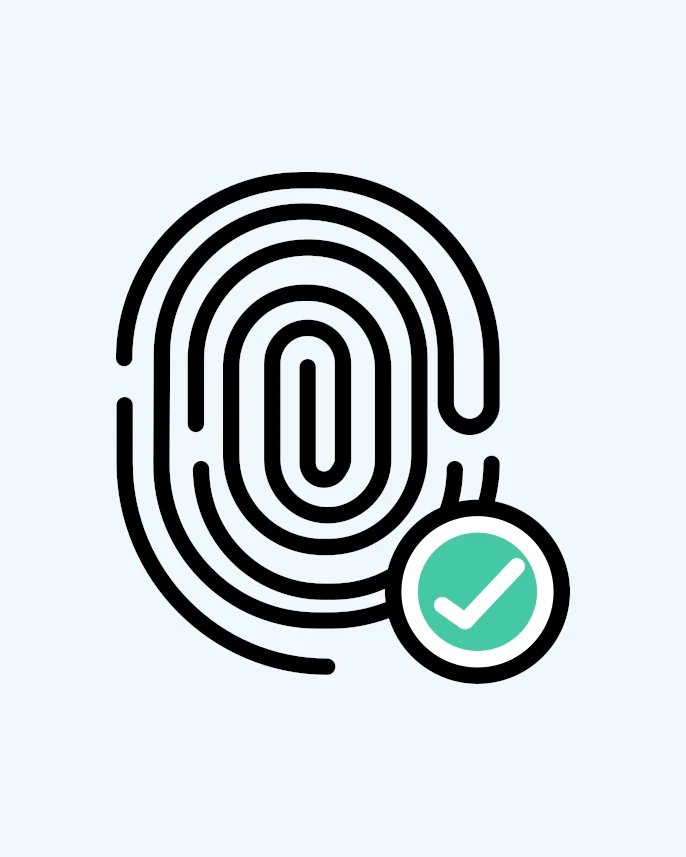In an increasingly digital world, ensuring secure access to personal information and safeguarding sensitive data has become paramount. Traditional authentication methods like passwords and PINs are no longer sufficient, as they can be easily compromised or forgotten. As a result, biometric authentication has emerged as a powerful solution, providing a more secure and convenient way to verify one’s identity. This article delves into the world of biometric authentication, explaining its principles, examining its benefits, and exploring its widespread adoption in various industries.
What is Biometric Authentication?
It is a technology that utilizes unique physical or behavioral characteristics to verify a person’s identity. These characteristics can include fingerprints, facial features, iris patterns, voiceprints, and even behavioral traits like typing patterns or gait recognition. By capturing and analyzing these biometric data points, systems can accurately authenticate individuals, granting or denying access based on their unique traits.
How Does Biometric Authentication Work?
Biometric authentication systems follow a standardized process to verify an individual’s identity. The steps involved typically include:
- Enrollment: During this stage, an individual’s biometric data is collected and stored securely. This data is usually converted into a digital template, which serves as a reference for future authentication attempts.
- Capture: When a person attempts to access a system or facility, their biometric data is captured using a sensor or device. For example, a fingerprint scanner, facial recognition camera, or microphone can be employed to capture the required biometric information.
- Comparison: The captured biometric data is then compared with the enrolled template to determine if the person is a match. Sophisticated algorithms analyze the unique features and patterns present in the data to ensure accurate authentication.
- Authentication: Based on the comparison results, the system either grants or denies access. If the captured biometric data closely matches the enrolled template, the individual is authenticated and allowed access. Otherwise, access is denied, ensuring the security of the system.
Benefits of Biometric Authentication
It offers numerous advantages over traditional authentication methods, making it an increasingly popular choice for individuals and organizations alike. Let’s explore some of its key benefits:
- Enhanced Security: Biometric traits are inherently unique to each individual, making them extremely difficult to forge or replicate. Unlike passwords or PINs that can be shared or stolen, biometric data cannot be easily compromised. This heightened security helps protect sensitive information, reducing the risk of identity theft and unauthorized access.
- Improved Convenience: With biometric authentication, users no longer need to remember complex passwords or carry multiple identification cards. Their biometric traits serve as their credentials, eliminating the need for manual input. This convenience translates into faster and more seamless access to various systems, applications, or physical locations.
- Higher Accuracy: Biometric authentication systems boast high accuracy rates, especially when using advanced technologies like fingerprint or iris recognition. The unique and distinct nature of biometric traits enables precise identification, minimizing false positives or false negatives.
- Cost Savings: While the initial investment in biometric authentication systems may seem significant, they can lead to long-term cost savings. For instance, organizations can reduce expenses associated with password resets, card replacements, or the management of physical keys. Additionally, biometric systems eliminate the need for distributing and securing traditional credentials.
- Scalability and Flexibility: Biometric authentication can be easily scaled to accommodate various user populations. Whether it’s a small team or a large enterprise, biometric systems can efficiently handle authentication requests without compromising accuracy or speed. Moreover, these systems are adaptable to different environments and can be integrated into existing security infrastructure.
Industry Applications
It has found widespread adoption across various industries, enhancing security and streamlining operations. Here are a few examples of its applications:
- Financial Services: Banks and financial institutions employ biometric authentication to secure online banking platforms, ATMs, and mobile payment applications. By linking an individual’s biometric data to their account, these institutions can prevent unauthorized access and protect sensitive financial information.
- Healthcare: In the healthcare sector, biometric authentication ensures secure access to electronic medical records (EMRs) and sensitive patient data. Healthcare professionals can use their fingerprints or smart cards embedded with biometric data to authenticate themselves, ensuring the confidentiality and integrity of medical information.
- Government and Law Enforcement: Biometric authentication plays a crucial role in border control, passport issuance, and law enforcement agencies. Facial recognition and fingerprint scanning technologies enable quick and accurate identification, helping enhance national security and prevent identity fraud.
- Travel and Transportation: Biometric authentication is revolutionizing the travel experience, enabling seamless border control procedures and expedited check-ins. Airports and transportation hubs utilize biometric data like facial scans or iris patterns to authenticate passengers, reducing queues and enhancing overall security.
Conclusion
Biometric authentication is revolutionizing the way individuals and organizations verify identities and access sensitive information. Its ability to provide enhanced security, improved convenience, and higher accuracy has made it an invaluable tool across various industries. As technology continues to evolve, biometric authentication will likely become even more prevalent, ensuring a safer and more efficient digital landscape for everyone. Moreover, embracing this technology can help individuals and businesses stay ahead in an increasingly interconnected world.
